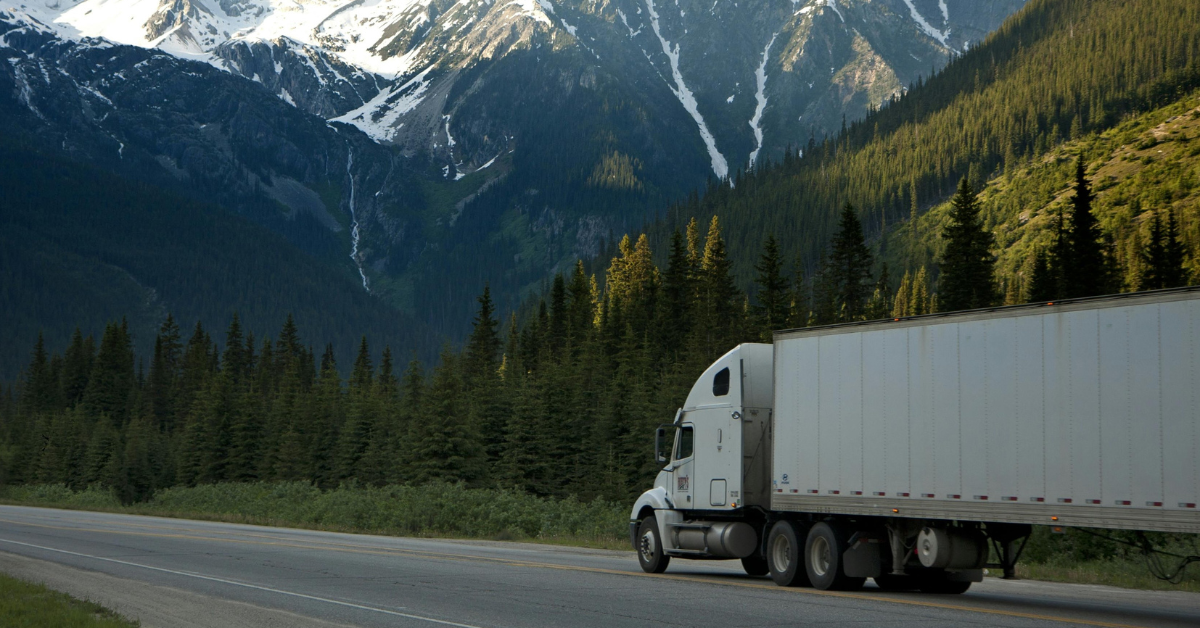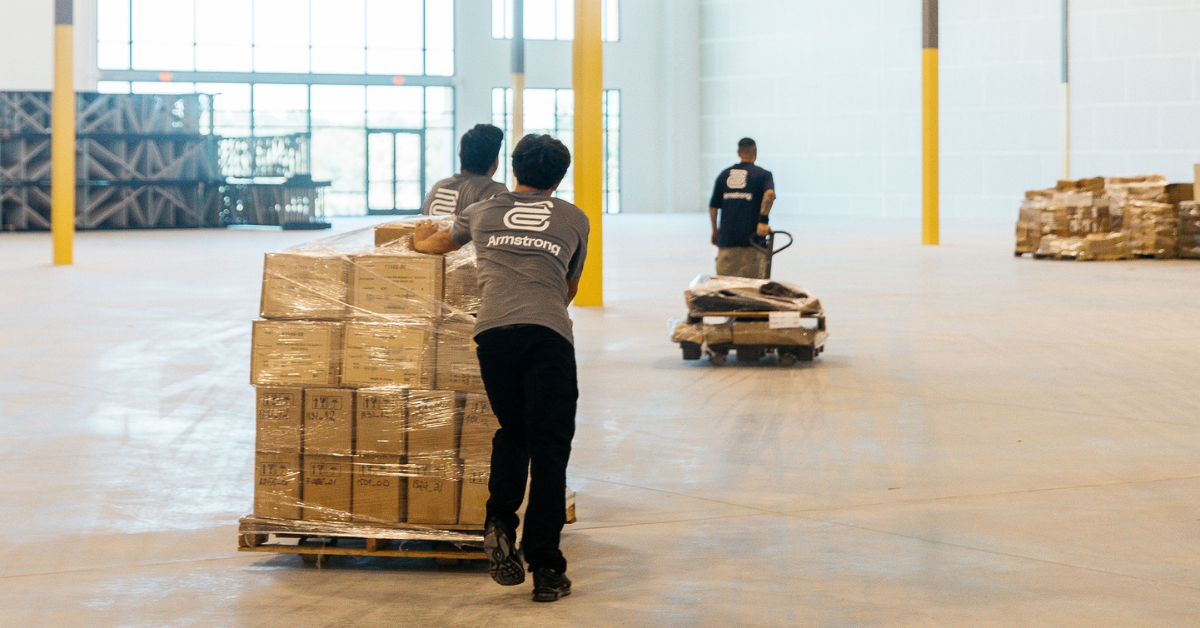Last Mile Innovation: Meeting Modern Consumer Expectations

In the rapidly evolving world of logistics, the journey from a warehouse shelf to your doorstep has transformed into a high-stakes race where customer satisfaction is either won or lost. Known as last mile delivery, this increasingly complex phase of the supply chain has emerged as a crucial battleground for businesses as they strive to meet the demands of today’s consumers.
The cost implications of final mile delivery are significant, as it represents the most expensive segment in the delivery process, especially for larger items. With e-commerce thriving, consumer expectations have skyrocketed, pushing companies to innovate in ways that seemed impossible just a few years ago. This final stretch of delivery is no longer just a logistical challenge; it’s a space for groundbreaking innovation, which is revolutionizing the industry for both businesses and consumers.
What is Last Mile Delivery?
Last mile delivery, or final mile delivery, refers to the final step of the delivery process, where items are moved from transportation hubs or distribution centers to their final destination, whether it be a B2B business or customer’s door. This step is critical in the delivery process and is the most expensive leg of the journey. The last mile delivery process is essential to keeping customers happy and is a key factor in the success of many industries, including e-commerce, healthcare, food and retail.
Changing Expectations in the Delivery Business
Remember when waiting a week for delivery times was normal? Those days are long gone. The increasing demand for rapid order fulfillment and same day delivery and is reshaping logistics and fulfillment processes. Today’s consumers have a different set of expectations. They want real-time tracking, fast deliveries (many companies now offer same day delivery or next day delivery), flexible timetables, and sustainable practices—all while ensuring their deliveries are contactless when needed.
These aren’t mere preferences anymore; they’ve become demands that shape the logistics landscape. Businesses must meet these expectations or risk losing the race.
The Delivery Process
While the entire delivery process may seem straightforward—taking orders, preparing items, loading trucks, and getting items to customers and businesses—the reality is far more complex, particularly in its final stage. The traditional phases of the shipping process involve centralized systems handling bulk orders, warehouse workers picking and packing items, and trucks following predetermined routes between fixed locations. These early stages benefit from standardization, automated workflows, and controlled environments that maximize efficiency and minimize unexpected variables.
Getting to the Final Delivery Destination
However, everything changes when a package enters its “last mile” of delivery. This last mile delivery phase transforms from a predictable logistics operation into a highly personalized service with unique challenges. Instead of dealing with bulk shipments between warehouses, drivers must navigate through neighborhoods, manage multiple stops with smaller drop sizes, and handle direct customer interactions. They face a constant stream of variables: traffic conditions, weather changes, parking limitations, customer availability, and specific delivery preferences.
What’s more, while traditional delivery stages focus on internal metrics, last mile delivery success hinges on customer satisfaction, requiring drivers to balance efficiency with personal service. This fundamental shift from controlled logistics to personalized delivery makes last mile delivery services the most challenging and costly segment of the supply chain, often accounting for more than half of the total shipping costs despite covering the shortest distance.
Innovations that are Redefining Last Mile Deliveries
AI-Powered Intelligence
Artificial intelligence (AI) is at the forefront of transforming many industries, and last mile shipping is no exception. Dynamic route optimization, demand forecasting through predictive analytics, automated dispatch systems, and reduced fuel consumption are just a few benefits businesses are seeing from AI-driven solutions.
Localized Warehousing
Imagine fulfillment centers not on the outskirts of cities, but within local neighborhoods. That’s the core of the urban warehousing revolution. By strategically placing smaller warehouses closer to customers, businesses are significantly cutting down delivery times. This approach also helps reduce transportation costs and environmental impact while improving inventory management and protecting supply chains from potential disruptions.
Autonomous Delivery
The future is here, and it’s coming to your door on wheels—or wings. From delivery drones to sidewalk robots, autonomous delivery solutions are already in action. Wing, Alphabet’s drone service, for example, is delivering packages within minutes in select locations. Autonomous vehicles bring a host of advantages, such as 24/7 operation, reduced labor costs, and improved access to remote or hard-to-reach areas, all while maintaining zero-contact options.
Sustainability Takes Center Stage
Sustainability has become an important issue in shipping and logistics. Electric delivery vehicles, biodegradable packaging, optimized delivery routes for reduced emissions, and bike courier services are just a few examples of the sustainable practices reshaping the industry. Not only do these initiatives reduce environmental impact, but they also meet customer expectations of eco-conscious consumers and offer potential cost savings.
Challenges of Last Mile Delivery
While innovations abound, last mile deliveries still face several challenges, particularly in densely populated urban areas and sparsely populated rural regions. Solutions like smart locker systems in apartment buildings, optimized delivery windows, and community pickup hubs in rural areas are emerging to address these unique logistical hurdles.
In addition to logistical challenges, the operational costs of last mile delivery are also significant, often accounting for more than half of the total shipping costs. These costs include fuel, vehicle maintenance, labor, and technology investments. Factors such as traffic congestion, delivery density, and failed delivery attempts can further drive up expenses. To manage these costs, businesses must optimize delivery routes, invest in fuel-efficient delivery vehicles, and leverage technology for better route planning and real-time tracking.
The Future of Last Mile Delivery
As we look ahead, several trends will continue shaping the last mile delivery landscape:
- Internet of Things (IoT): With the integration of smart devices and sensors, IoT is creating more connected delivery networks, enabling real-time package monitoring, automated notifications, and predictive vehicle maintenance.
- Blockchain Technology: Blockchain promises unprecedented transparency, offering end-to-end tracking, secure transaction records, and improved carrier accountability.
- Predictive Analytics: Advanced data analysis will allow companies to better anticipate delivery demands, optimize resource allocation, and improve customer satisfaction by reducing delivery failures.
- Innovative Delivery Services: The significance of delivery services in providing an improved customer experience cannot be overstated. Modern consumers expect direct communication and real-time updates, making efficient delivery companies crucial in meeting these expectations.
How Businesses Can Implement Last Mile Innovations
For companies looking to improve their shipping logistics and last mile operations, the path forward must involve strategic planning and phased implementation. The journey begins with evaluating current delivery performance, identifying pain points, and analyzing customer feedback. From there, businesses can gradually integrate technology—starting with basic tracking systems and progressing toward AI-powered solutions.
However, many in-house delivery services just don’t have the resources to handle last mile deliveries properly. In fact, according to Forbes, more than 50 percent of retailers outsource last-mile services to third-party logistics providers (3PLs). Dedicated 3PLs have the experience, resources, and infrastructure to streamline the last mile process, simplify your logistics, and provide faster delivery—so you can stay focused on your operations.
Sustainability is another key factor. Introducing eco-friendly packaging, optimizing routes, and exploring alternative delivery methods, such as electric vehicles or bike couriers, reduces environmental impact and appeals to a growing segment of environmentally conscious consumers.
Choosing a Delivery Service Provider
When choosing a delivery service provider, it’s important to consider the following factors: reviews, technology, delivery fleet, and cost. Check online reviews to see what other customers have experienced. Ensure the provider offers relevant technology solutions, such as route optimization and real-time tracking. Consider the type and condition of vehicles available. Compare costs and services offered. Additionally, consider the provider’s ability to handle flexible, seasonal demand and their experience in solving the last mile delivery problem.
When it comes to choosing a last mile delivery partner, businesses need a provider that excels across multiple dimensions—from technology and fleet capabilities to customer service and cost-effectiveness. Armstrong has over three generations of experience implementing supply chain solutions in a variety of industries, and our expertise, technology, and resources can ensure that your last mile delivery process is both efficient and economical.
By choosing Armstrong as your last mile delivery partner, you’re gaining a strategic partner who transforms delivery challenges into competitive advantages. Our proven track record of innovation, reliability, and customer-focused service makes us the ideal choice for businesses seeking to optimize last mile delivery operations.
Taking the Next Step
Last mile delivery is a critical differentiator in the consumer experience. Companies that embrace innovation while keeping customer needs at the center of their strategy will emerge as leaders in the increasingly competitive world of last mile logistics.
Ready to improve your last mile services? Contact us today to find out how Armstrong’s experienced delivery team can help streamline your last mile delivery process.
